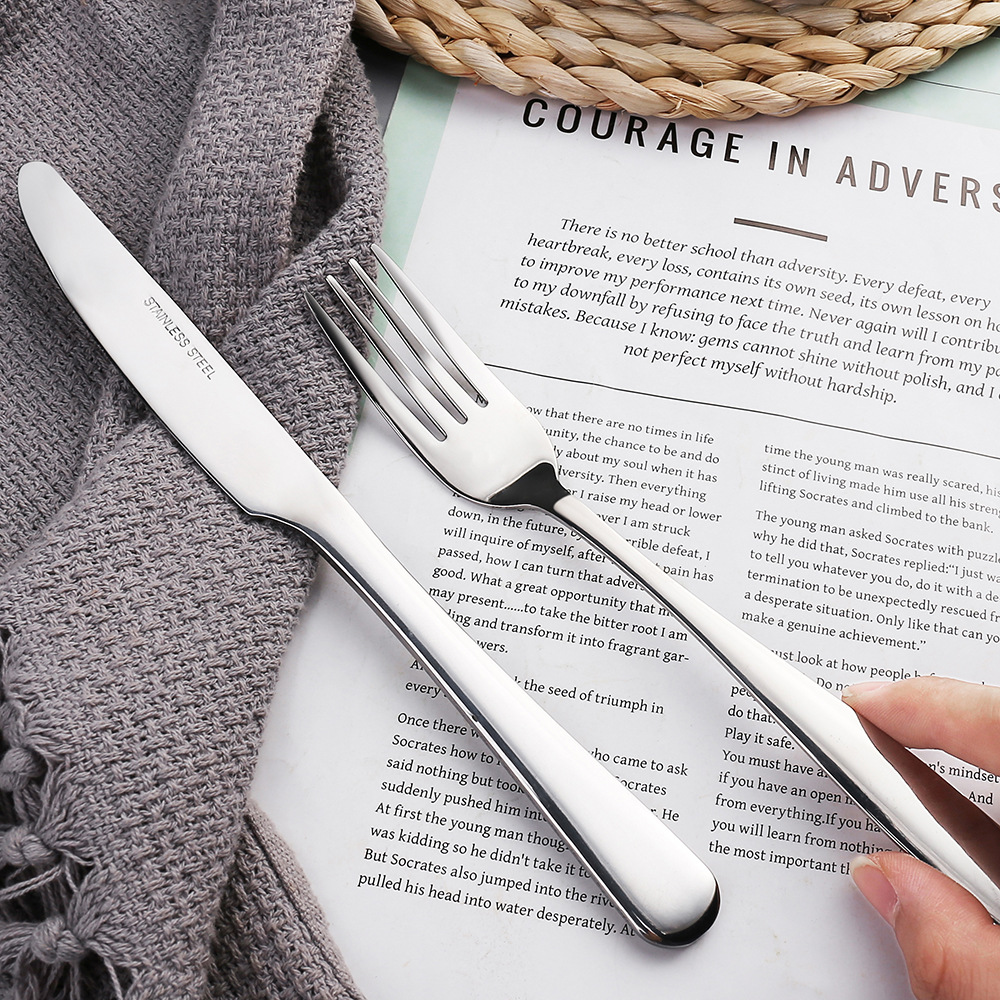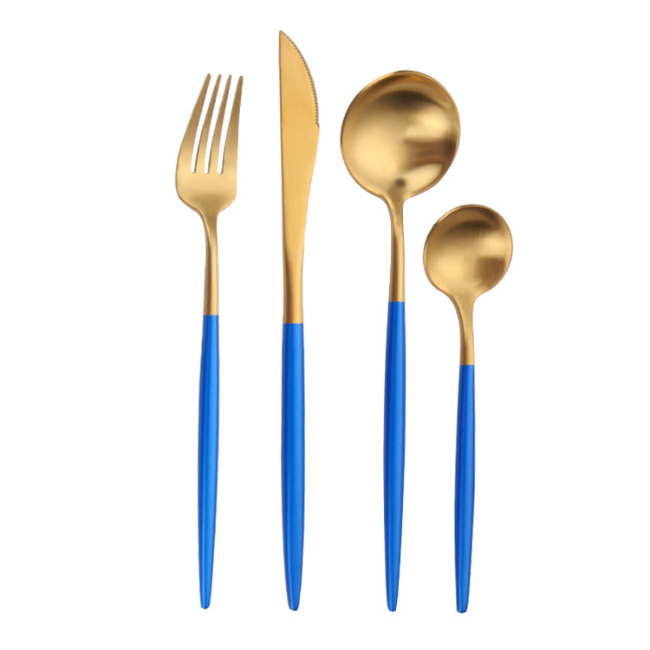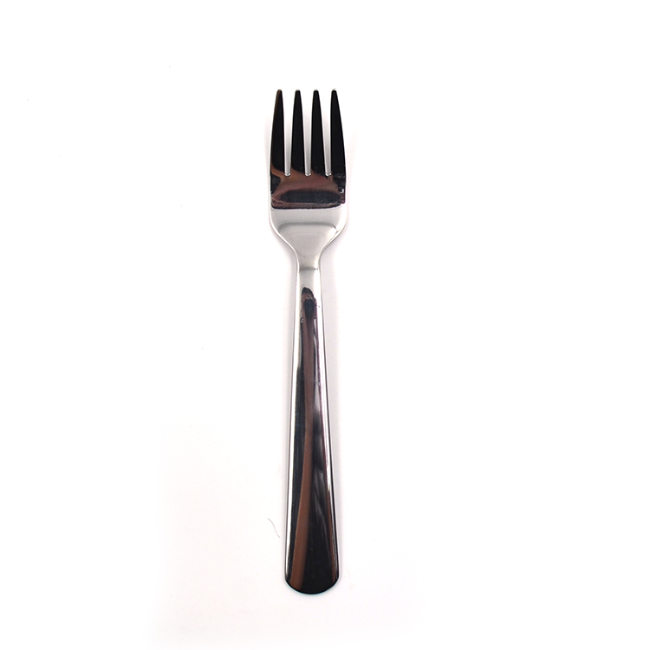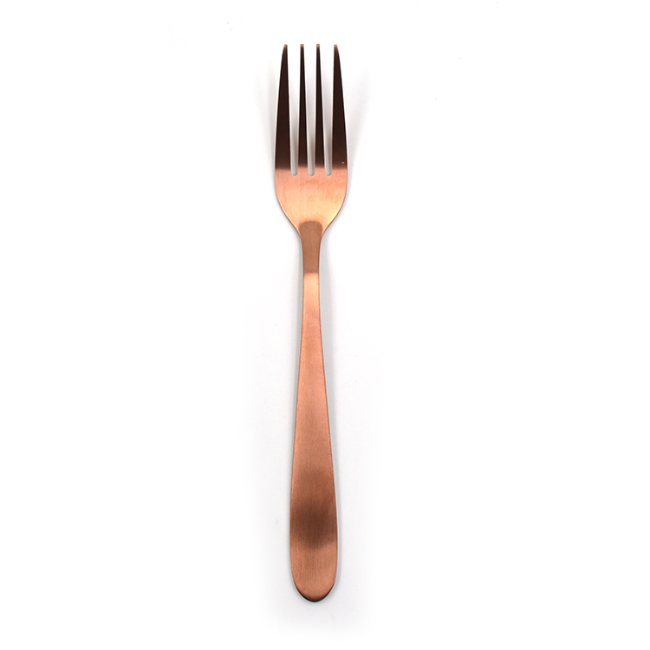
30 May
How Much Plastic Waste Is Cutlery?
How Much Plastic Waste Is Cutlery?Plasti...
How Much Plastic Waste Is Cutlery?
Plastic cutlery has become one of the most prevalent contributors to environmental waste. With its widespread use in takeout meals, picnics, and fast food restaurants, it's important to understand how much of the total plastic waste is attributed to cutlery. In this article, we will explore the statistics behind plastic cutlery waste and discuss potential alternatives, including sustainable options provided by companies like Homefelt.
1. The Growing Problem of Plastic Cutlery Waste
Plastic waste has become a global environmental issue, and plastic cutlery is a significant part of the problem. With the rise of disposable plastic products, plastic cutlery contributes to millions of tons of waste each year.
Plastic Cutlery: It is lightweight, cheap, and convenient, but it is also one of the most difficult types of waste to recycle.
Environmental Impact: Plastic cutlery can take hundreds of years to decompose, contributing to pollution in landfills and oceans.
2. How Much Plastic Waste Is From Cutlery?
According to environmental reports, the amount of plastic cutlery disposed of each year is staggering:
Global Statistics: Plastic cutlery accounts for approximately 40% of the total disposable plastic waste in some regions, with billions of individual pieces being thrown away annually.
In the United States: Over 100 million plastic utensils are discarded daily, contributing to significant plastic pollution.
3. Sustainable Alternatives to Plastic Cutlery
With the growing concern over plastic waste, many are turning to alternatives made from biodegradable, compostable, or reusable materials. Brands like Homefelt and others are leading the charge in offering eco-friendly alternatives.
Bamboo Cutlery: Bamboo is a sustainable material that is biodegradable and compostable, making it an excellent alternative to plastic.
Stainless Steel and Other Reusables: Brands like Homefelt also offer durable, reusable stainless steel cutlery that can last for years, reducing the need for disposable plastic options.
4. Conclusion
Plastic cutlery is a major contributor to the global plastic waste crisis, with billions of pieces being discarded each year. By opting for alternatives such as reusable stainless steel or compostable bamboo, we can significantly reduce our environmental footprint. Companies like Homefelt are providing sustainable cutlery options that offer both practicality and environmental benefits. Together, we can make a positive impact on the planet by choosing eco-friendly alternatives to plastic cutlery.





